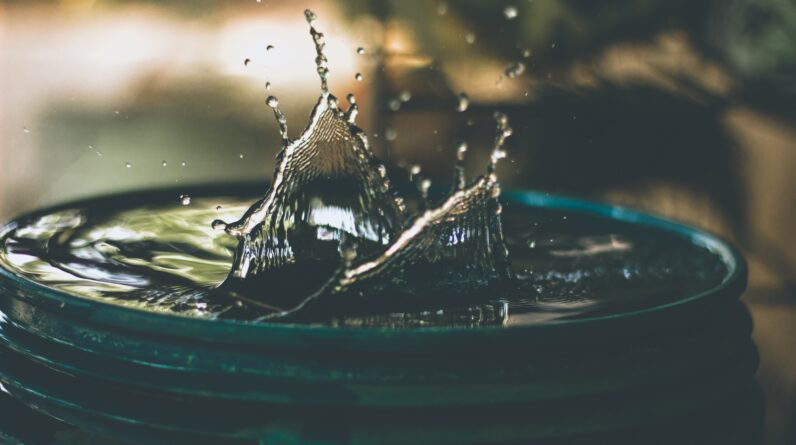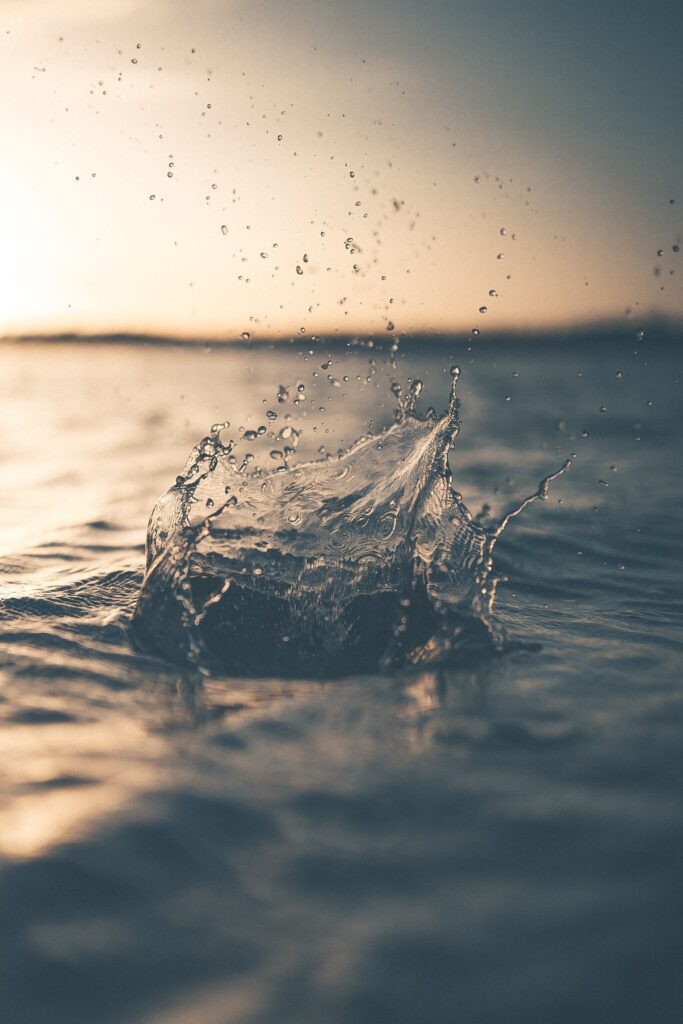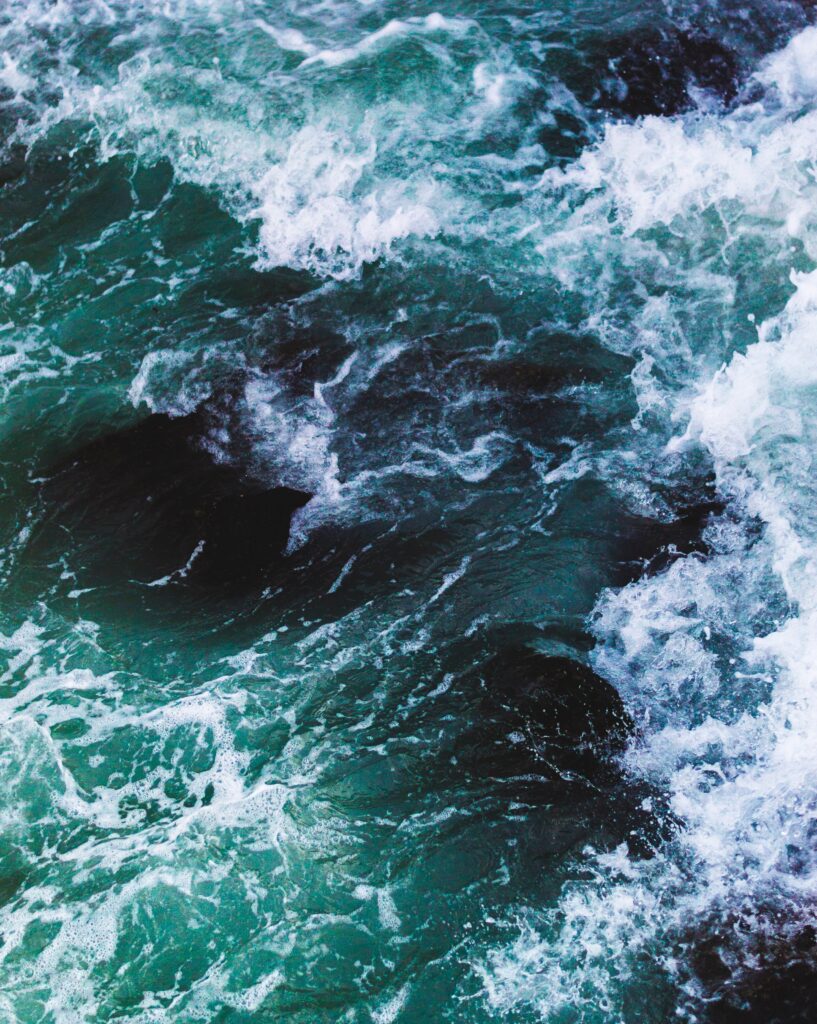
Have you ever wondered what materials are used to make inflatable kayaks? Well, look no further! In this article, you will discover the different types of materials that are commonly used to construct inflatable kayaks. From durable PVC and nylon fabrics to high-quality coatings and reinforcements, these materials ensure the strength, flexibility, and buoyancy of these portable watercraft. So, let’s dive in and explore the fascinating world of the materials used in inflatable kayaks!
Materials Used in Inflatable Kayaks
Overview
Inflatable kayaks are becoming increasingly popular due to their convenience and portability. These kayaks are made using a variety of materials, each with its own unique properties and advantages. Choosing the right material for your inflatable kayak is essential to ensure its durability, performance, and overall enjoyment on the water. In this article, we will explore the different materials commonly used in inflatable kayaks and discuss their characteristics, advantages, and disadvantages.
PVC (Polyvinyl Chloride)
PVC, or Polyvinyl Chloride, is a synthetic plastic material commonly used in the construction of inflatable kayaks. It is known for its durability, flexibility, and resistance to UV rays and abrasion. PVC inflatable kayaks are typically constructed using a single-layer or multiple-layer design, with the latter offering increased strength and puncture resistance. PVC kayaks are also relatively lightweight and easy to inflate and deflate, making them ideal for recreational use.
However, PVC does have some drawbacks. It is not as resistant to extreme temperatures as other materials, which can lead to issues such as warping and degradation over time. Additionally, the production and disposal of PVC can have negative environmental impacts, so it is important to consider the sustainability factors associated with this material.

Hypalon
Hypalon is a synthetic rubber material known for its exceptional durability and resistance to UV rays, chemicals, and extreme weather conditions. Inflatable kayaks made from Hypalon are highly resilient and can withstand rough handling and challenging environments. This material is often used in the construction of professional-grade inflatable kayaks designed for whitewater rafting, expedition trips, and commercial use.
Despite its excellent durability, Hypalon is heavier than PVC, making the kayaks constructed with it slightly bulkier to transport and handle. Additionally, Hypalon kayaks tend to be more expensive than those made with other materials. However, if you are looking for a high-performance inflatable kayak that can handle demanding conditions, Hypalon is an excellent choice.
Nitrylon
Nitrylon is a relatively new material used in the construction of inflatable kayaks. It is a blend of synthetic rubber and nylon fabric, offering a unique combination of durability and flexibility. Nitrylon kayaks are highly resistant to punctures, abrasions, and UV rays, making them ideal for recreational use in various environments.
One of the notable advantages of Nitrylon is its resistance to temperature fluctuations. It performs well in both hot and cold conditions, maintaining its integrity and performance over time. Additionally, Nitrylon is more eco-friendly than PVC, as it doesn’t contain harmful chemicals like chlorine. However, Nitrylon kayaks are still less common and may be slightly more expensive than those made with PVC.

Polyurethane
Polyurethane is another material used in the construction of inflatable kayaks, offering a good balance of durability, flexibility, and weight. It is typically utilized in the coating of fabrics and ensures airtightness and protection against abrasions. Polyurethane-coated kayaks are known for their excellent puncture resistance and stability on the water.
While polyurethane offers many advantages, it is important to note that its durability may not match that of materials like Hypalon or Nitrylon. Over time, the polyurethane coating can degrade, leading to a decrease in performance and longevity. Regular maintenance and proper care are essential to maximize the lifespan of a polyurethane-coated inflatable kayak.
Polyethylene
Polyethylene is a durable and impact-resistant plastic material commonly used in inflatable kayak construction. It is known for its ruggedness, making it an excellent choice for recreational kayaking in rocky or shallow waters. Polyethylene kayaks are typically constructed using a rotomolding process, resulting in a one-piece, seamless design that enhances the kayak’s strength and durability.
One of the key advantages of polyethylene is its affordability. Inflatable kayaks made with polyethylene are often more budget-friendly compared to those constructed with other materials. However, polyethylene kayaks can be heavier and bulkier, which can affect their portability and handling.

Nylon
Nylon is a lightweight and strong synthetic fabric used in the construction of inflatable kayak’s hulls and decks. It offers excellent tensile strength, enabling the kayak to withstand various water conditions without losing its shape or structure. Nylon is often coated with materials like PVC or polyurethane to enhance its resistance to abrasion, UV rays, and water penetration.
While nylon is a popular choice for inflatable kayak construction, it does have some limitations. It is not as puncture-resistant as other materials like Hypalon or Nitrylon, making it more susceptible to damage in rocky or demanding environments. However, the use of ripstop nylon, which incorporates reinforcing fibers, can help mitigate this issue and improve durability.
Fabric Coating
Fabric coating is an essential component of inflatable kayaks, as it provides protection against water penetration, abrasions, and UV rays. There are different types of fabric coating used in inflatable kayak construction, including PVC, polyurethane, or a combination of both. The choice of coating can impact the kayak’s durability, performance, and overall lifespan.
PVC coating is widely used in inflatable kayaks, offering good overall protection and durability. However, it is important to consider the environmental impact of PVC and its potential long-term consequences. Polyurethane coating, on the other hand, provides excellent puncture resistance and is less harmful to the environment. It is a suitable choice for those looking for more eco-friendly options.
Seams
Seams play a crucial role in the construction and integrity of inflatable kayaks. Different types of seams are used, including overlapped seams, butt seams, and welded seams. Overlapped seams are commonly found in kayaks made with materials like PVC, providing a reliable and waterproof connection. Butt seams and welded seams are often used in professional-grade inflatable kayaks, offering superior strength and durability.
The construction methods used for seams, such as heat welding or adhesive bonding, also influence the strength and longevity of the kayak. Well-made seams ensure airtightness and prevent water from entering the kayak, enhancing its performance and safety on the water.
In conclusion, the materials used in inflatable kayaks vary in terms of durability, weight, flexibility, and cost. Understanding the characteristics, advantages, and disadvantages of each material is crucial in choosing the right inflatable kayak that suits your needs and preferences. Whether you prioritize durability for challenging environments or portability for recreational use, there is a wide range of materials available to ensure an enjoyable kayaking experience. Remember to consider factors like UV resistance, puncture resistance, environmental impact, and long-term durability when selecting an inflatable kayak material. Happy paddling!







